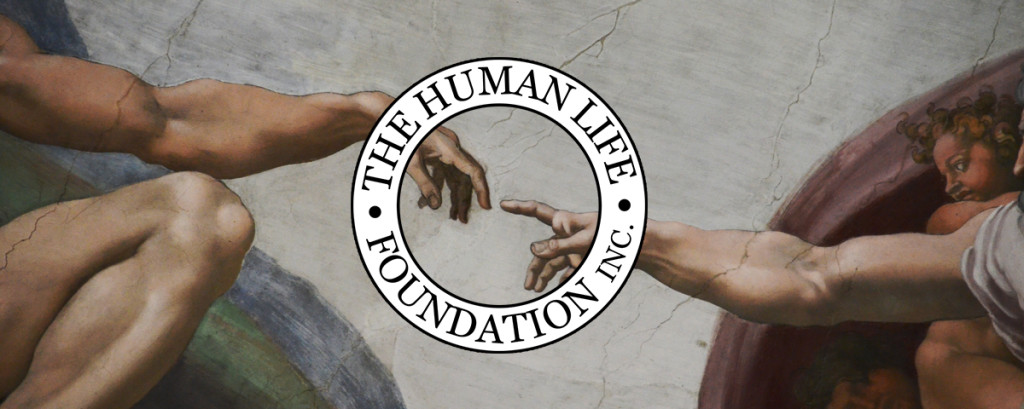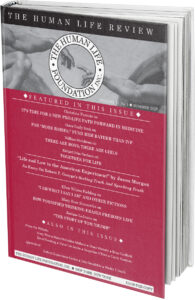Baseball for All
Just when the nation seems to be teetering on the edge of political and cultural inanity, with one side defending what the other seeks to undo, there comes bipartisan news: Pitchers and catchers are warming up at baseball training camps in Florida and Arizona. Though it may still be winter up north, the off-season hot stove leagues—when baseball fans talk about the trades and fates of their favorite teams—are coming to an end. Soon we will have the real thing, baseball on the fields of dreams as the exhibition season begins . . . when? February 20, of course!
Okay, I had to google that date. I am not now the diehard baseball fan I once was, when Pete Rose and the Reds captured the heart of this New York City kid. I follow headlines and check box scores occasionally to keep up with today’s top names and teams. And will take more than a few moments to read deeper when I see that a player from my childhood has died. I remember their baseball cards from the 1960s, text my brothers about their best seasons, hope I will see them in heaven. (Just this year: Bob Uecker, Bob Veale, Jeff Torborg.)
I became a baseball fan in 1964 at the age of seven, playing a board game called “Challenge the Yankees.” In an early lesson in advanced math, my eldest brother explained why some numbers were more likely than others to come up on a roll of the dice. I learned long division the same way, not from the nuns at school but from trying to figure out the batting and earned-run averages of my favorite players, recalculating the equations each day after checking the newspaper box scores.
Baseball was black-and-white then—on TV, and in other ways as well. Winners and losers. The score is the score. Don’t argue with the ump. Play your best. Don’t bellyache. Wait for the pitch. Patience. Patience. Patience.
Today impatience rules. American culture is on a roller coaster, with not just politics, but media, communications, business, and personal relations also showing signs of whiplash. Baseball resets our neural clocks, increasing attentiveness while reducing expectation, and narrows our field of vision, helping us focus on the true values in life. As many erudite writers have observed, baseball is a slow game of inches that could in theory go on indefinitely, based as it is on timeless innings, not a clock.
It’s called the National Pastime, and even in our split-second, hectic world, it may still be. True, the game’s overlords have sped up the pace in recent times with the introduction of the pitch clock (which is why you rarely see a pitcher shrug off a catcher’s sign more than once). And football may better fit the temper of our national mood—the clock ticking down amid head-to-head clashes, thumping takedowns, and silly end-zone dances and other schoolyard antics that follow nearly every play.
But as this year’s Super Bowl fades in memory and thoughts turn to spring, Americans—maybe in spite of themselves—welcome the crack of the bat, the pop of the ball in the glove, the beautiful arc of a sweetly hit home run sailing over the fence and into the stands. For a former Little Leaguer of a now ripe age, baseball is a return to a simplicity and imagined innocence that somehow were real because the game was as pure as the final score. Pitcher v. batter. Fielder chasing ball. Runner daring a throw. Ball or strike. Catch or error. Safe or out. Winners and losers. That’s the way it was in America back then; and baseball is a key piece in the dream of how good things could be again.
Play ball!










“Play your best. Don’t bellyache. Wait for the pitch. Patience. Patience. Patience,” i.e. a good and intelligent life. Caulfield, thanks.
I love this one! Let’s all play ball and play by the rules!
Go baltimore Orioles.In the spirit of the human vacuum-cleaner,Brooks-Robinson.